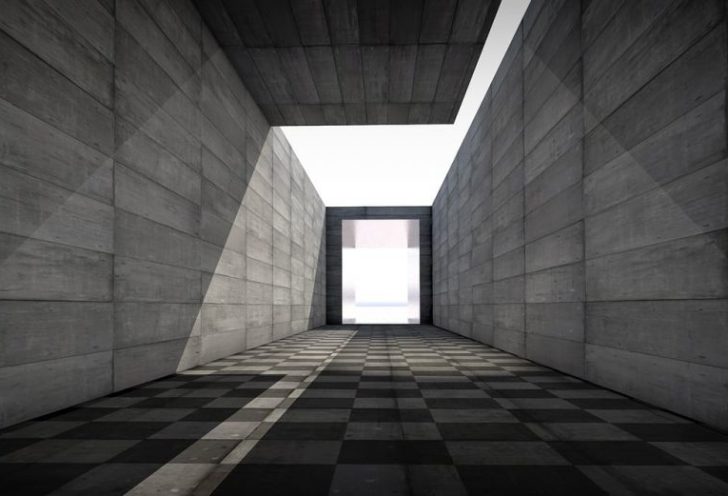Alvar Aalto And His Architectural Masterpieces: A Deep Dive into His Buildings

Introduction:
Alvar Aalto, a renowned Finnish architect, is celebrated for his innovative and visionary designs that have left an indelible mark on the world of architecture. This article aims to provide a comprehensive overview of Alvar Aalto’s buildings, exploring their types, popularity, unique features, and historical context. Whether you’re a design enthusiast or simply curious about architectural wonders, join us on this journey to discover the brilliance of Alvar Aalto’s creations.
1. An Overview of Alvar Aalto Buildings:

Alvar Aalto’s buildings encapsulate his vision of blending functionality, natural elements, and a human-centric approach. Aalto’s designs draw inspiration from Finnish landscapes, organic forms, and the principles of functionalism. His architectural philosophy, known as ”human modernism,” revolutionized the industry and influenced countless architects worldwide. Aalto’s structures are characterized by sweeping curves, harmonious integration into the surroundings, and a meticulous attention to detail.
2. Extensive Presentation of Alvar Aalto Buildings:
There is a diverse range of Alvar Aalto buildings, showcasing his versatility and ability to adapt his designs to various contexts. Some notable types of Aalto buildings include:
– Civic Buildings: Aalto’s civic structures, such as the Finlandia Hall in Helsinki, the Säynätsalo Town Hall, and the Library of Mount Angel Abbey in Oregon, blend seamlessly into their surroundings. These buildings often feature grand entrances, ample natural light, and functional spaces conducive to their intended purposes.
– Residential Buildings: Aalto’s residential designs prioritize the comfort and well-being of occupants. The iconic Villa Mairea, Maison Louis Carré, and the Sunila Pulp Mill Housing exemplify his mastery of creating intimate spaces that enhance the human experience.
– Educational Institutions: Alvar Aalto crafted inspiring spaces for learning, where architecture contributed to the educational process. Aalto University’s main building in Helsinki and the Helsinki University of Technology are prime examples of his innovative use of space and materials to foster a conducive environment for academic pursuits.
– Cultural Centers: Aalto’s cultural centers, like the Jyväskylä University Campus and the Essen Opera House, embody his belief in art and culture as vital components of a thriving society. These buildings provide spaces for expression, creativity, and community engagement.
3. Quantitative Measurements of Alvar Aalto Buildings:
Aalto’s buildings, though primarily known for their aesthetics and functionality, also demonstrate impressive quantitative measurements. For example:
– The Finlandia Hall covers an area of 9,900 square meters and can accommodate up to 2,200 people.
– The Säynätsalo Town Hall spans across 9,650 square meters and houses various facilities, including a library, shops, and offices.
– Villa Mairea encompasses 2,420 square meters, featuring multiple interconnected living spaces complemented by tranquil gardens.
4. Differentiating Alvar Aalto Buildings:
Despite sharing common principles and design elements, Alvar Aalto’s buildings differ significantly from one another. These differences arise due to several factors, such as the intended purpose, location, and time period in which they were created. The Säynätsalo Town Hall, for instance, stands out with its iconic floating roof and deliberate juxtaposition of materials, while the Villa Mairea showcases Aalto’s experimentation with open planning and integration of natural surroundings.
5. A Historical Review of Advantages and Disadvantages:
Throughout history, Alvar Aalto’s buildings have been both praised and critiqued for specific aspects. Advantages include the use of natural light, innovative spatial arrangements, and careful consideration of human needs, resulting in inviting and functional spaces. However, challenges have arisen in terms of structural durability, preservation of materials over time, and adapting spaces to evolving technologies. Understanding these historical aspects provides insight into the evolution and ongoing relevance of Aalto’s buildings.
Conclusion:
Alvar Aalto’s architectural legacy is one of innovation, functionality, and harmonious integration with nature. His buildings continue to captivate and inspire, bridging the gap between art and functionality. Whether it’s the awe-inspiring Finlandia Hall or the intimate Villa Mairea, Alvar Aalto’s creations remind us of the transformative power of architecture. As we reflect on his diverse body of work, we not only celebrate his contributions but also gain a deeper understanding of the impact of architectural design on our daily lives.
(Note: The video clip should be inserted here to further enhance the reader’s engagement and understanding of Alvar Aalto’s buildings. The video can showcase different architectural marvels, Aalto’s design process, or interviews with experts discussing his influence on the field.)





















